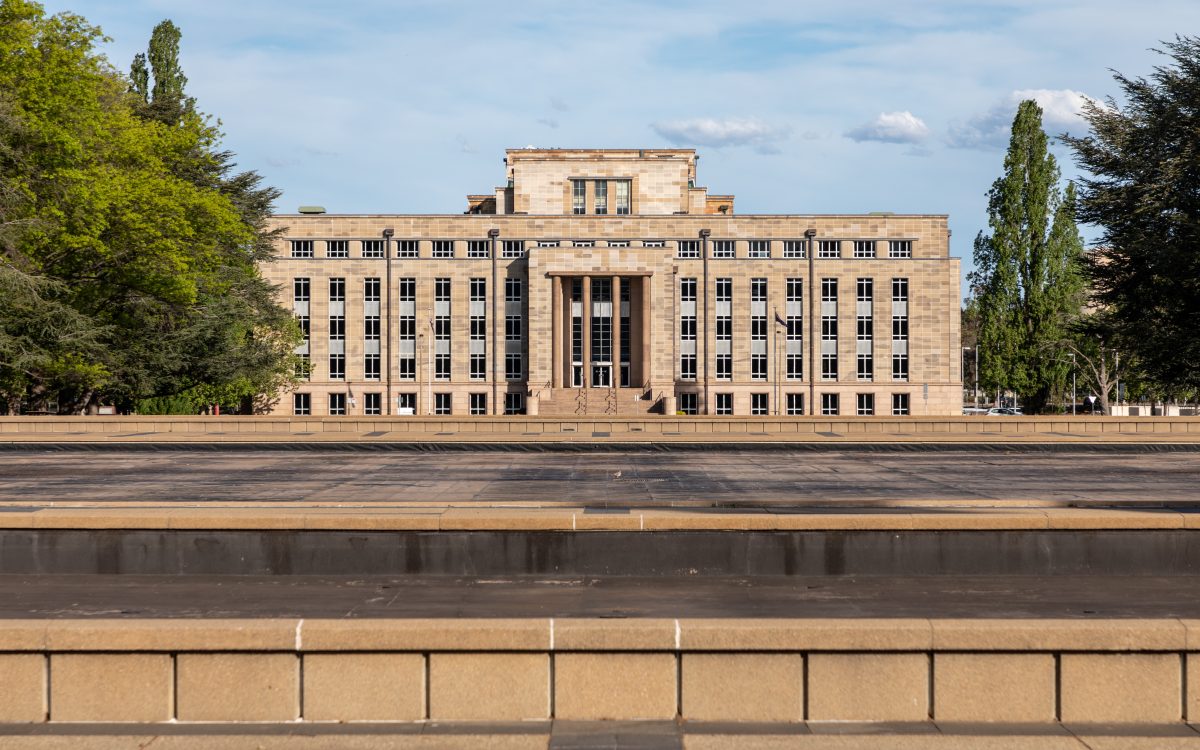
A piece of Canberra history lies beneath the John Gorton Building. Photo: Dietmar Rabich / Wikimedia Commons.
Two metres below ground level at the southern car park of the John Gorton Building is a literal window into a piece of Cold War era history – but it’s not exactly what it seems.
Six large skylights offer a glimpse inside the building’s steel and concrete enforced Communications Centre, colloquially known as ‘the bunker’. It was not until 2002, almost three decades after its construction, that the 45 cm-thick reinforced concrete slab described in the bunker’s heritage listing as an “uncommon technical feature” was punctured to brighten the windowless space.
Other special features included a single secure access point, radio frequency shielding, automatic emergency power generators and a number of artworks to overcome sensory deprivation.
If the space sounds a lot like a bunker, local history researcher and writer Mark Butz explains that while it’s a “romantic way of thinking of it”, it’s not entirely accurate.
“In some ways, it had a little bit in common with a bunker in that it was underground and it had very thick walls,” Mark explains.
“It was protected in a way that your average building or even your average slightly subterranean building wasn’t protected.
“It had thicker walls and greater defences to it, just to stop it being easily penetrated.”
While a traditional bunker is reinforced against bullets or bombs, this one was designed with a different threat in mind.
“In the 70s, Foreign Affairs [now the Department of Foreign Affairs and Trade (DFAT)] were in the building and we were still in the Cold War era,” Mark says. “They wanted a space where they could have communications in and out that were harder to monitor.”
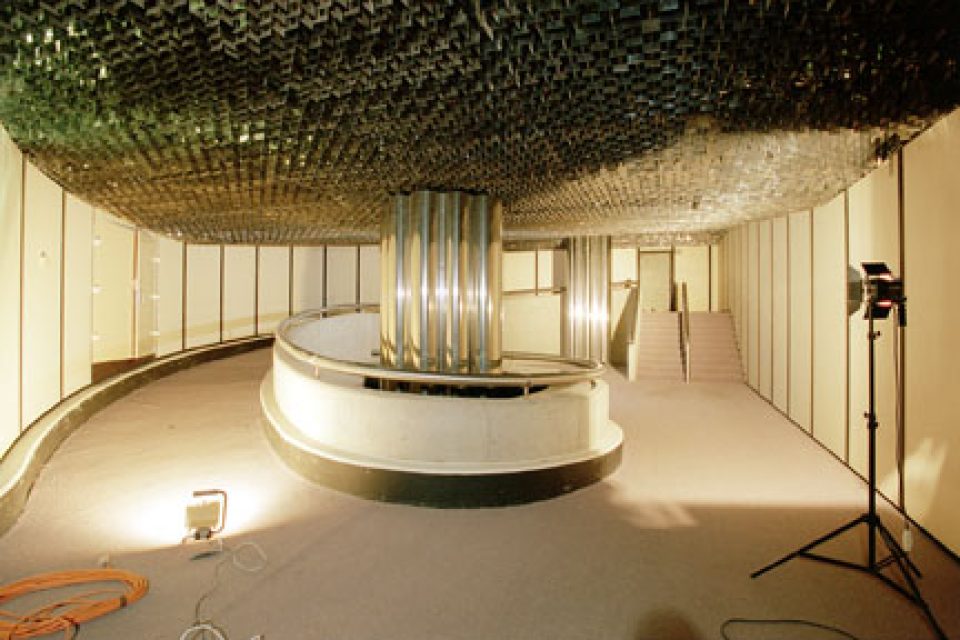
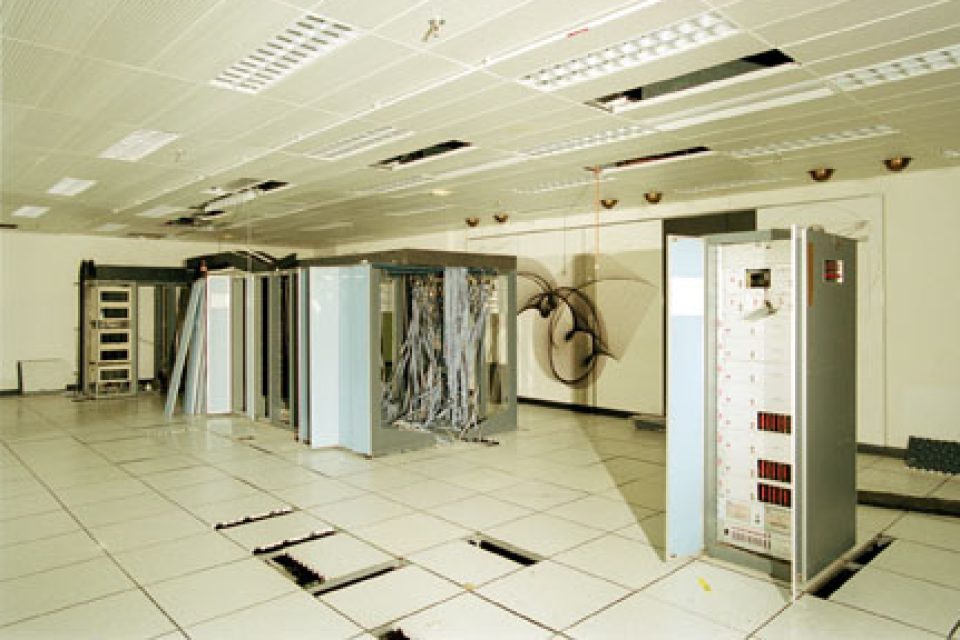
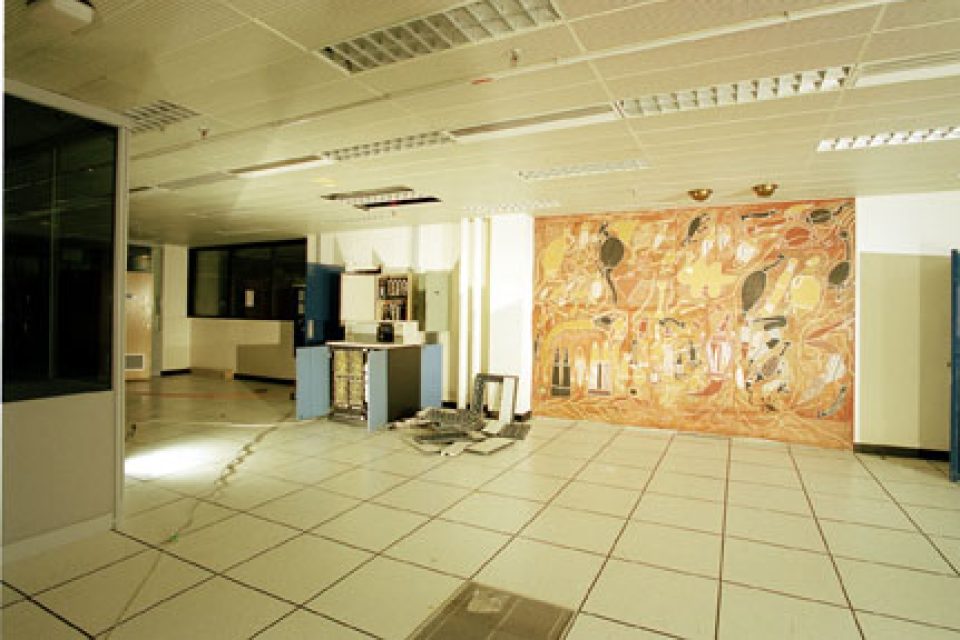
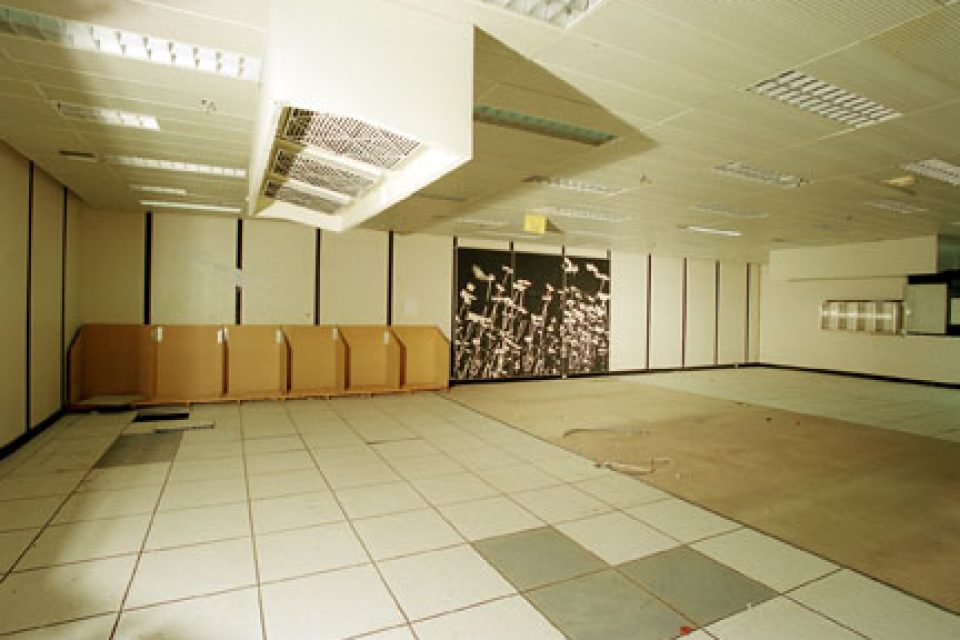
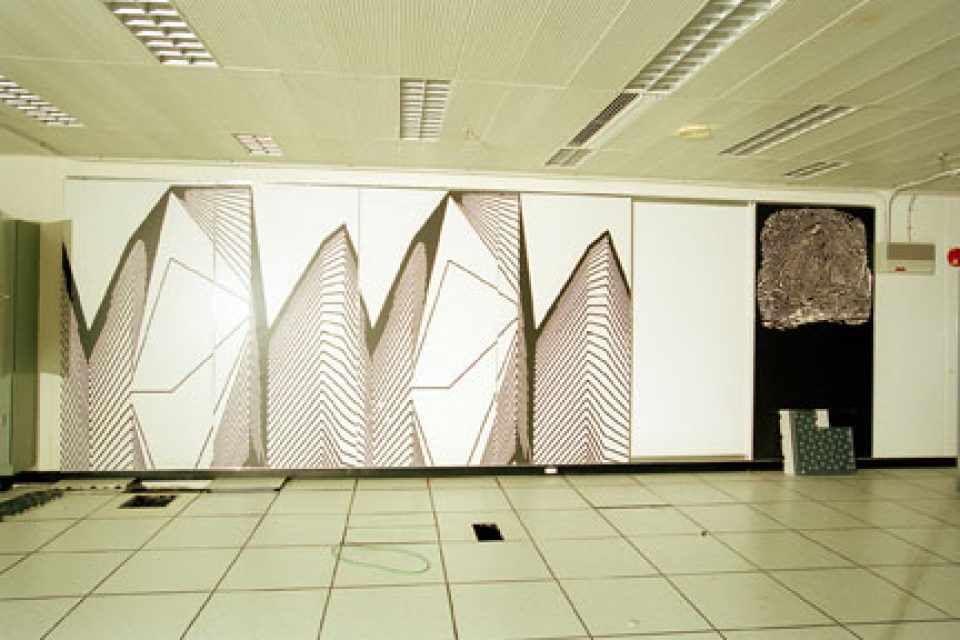
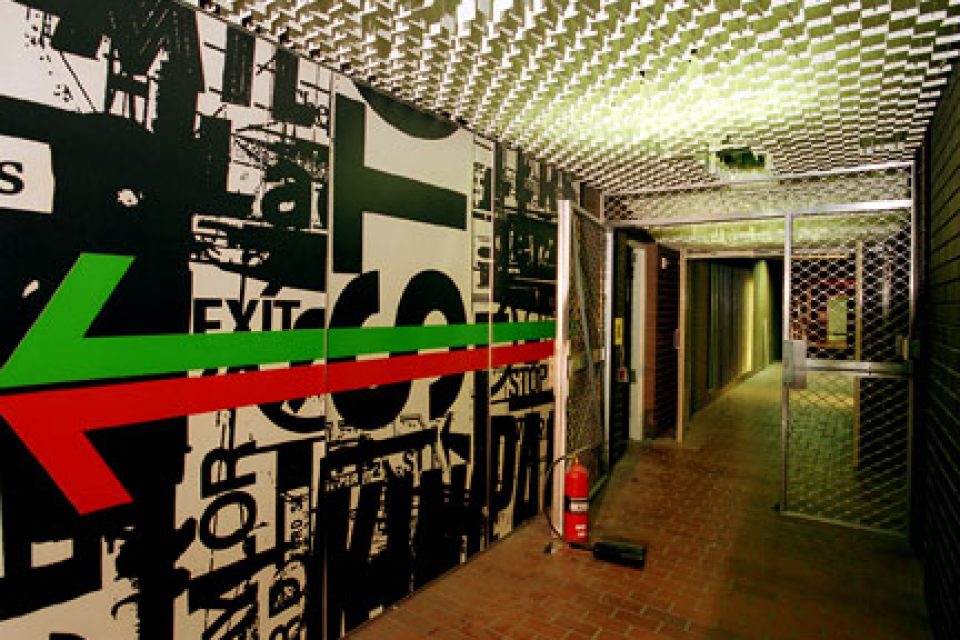
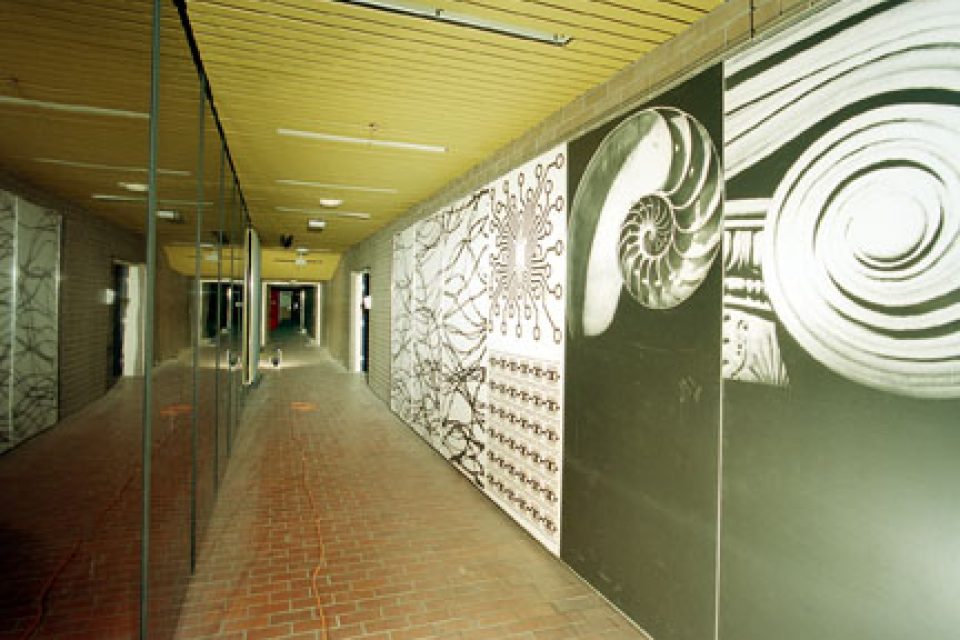
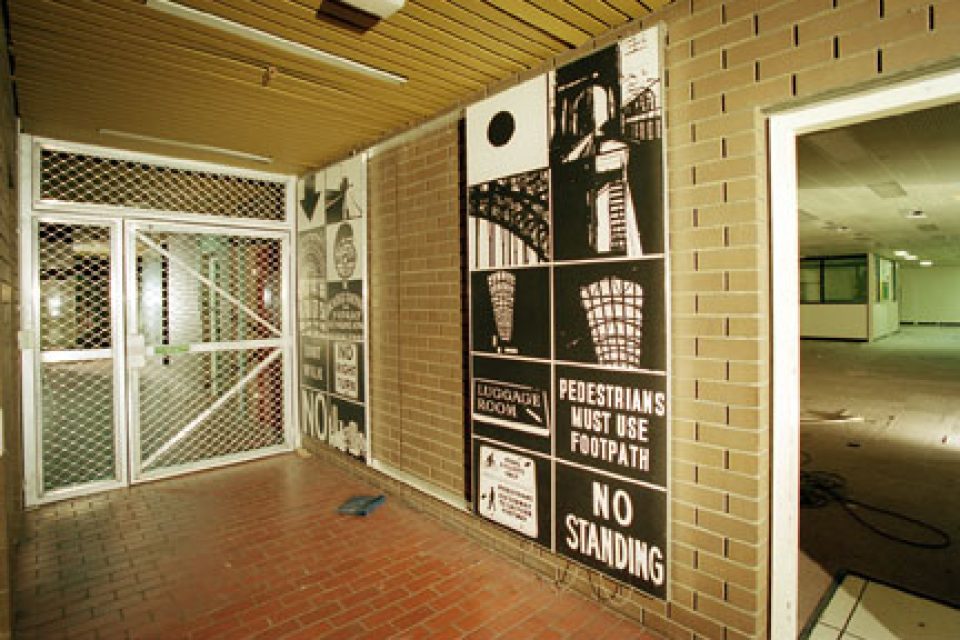
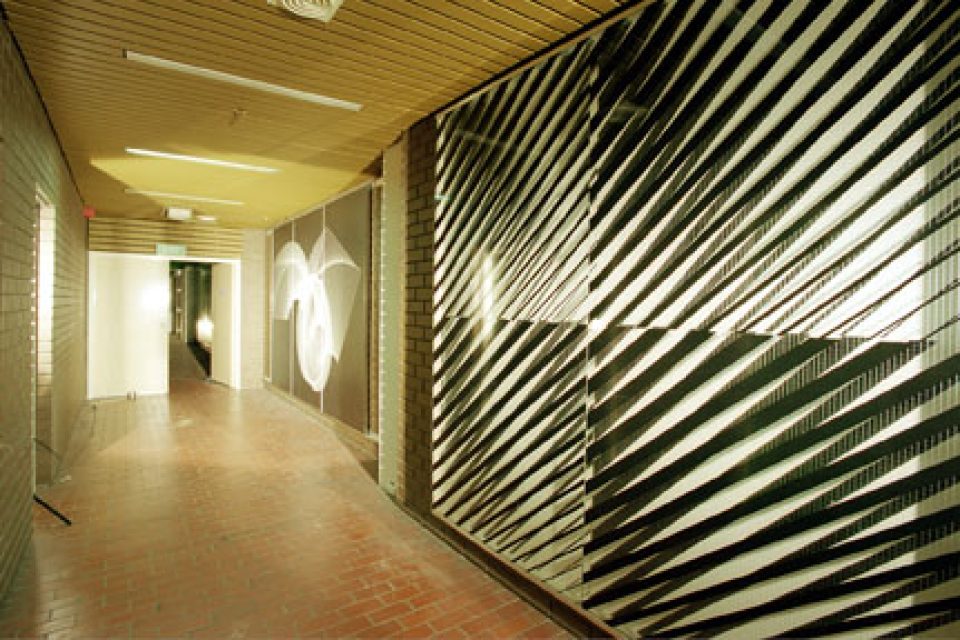
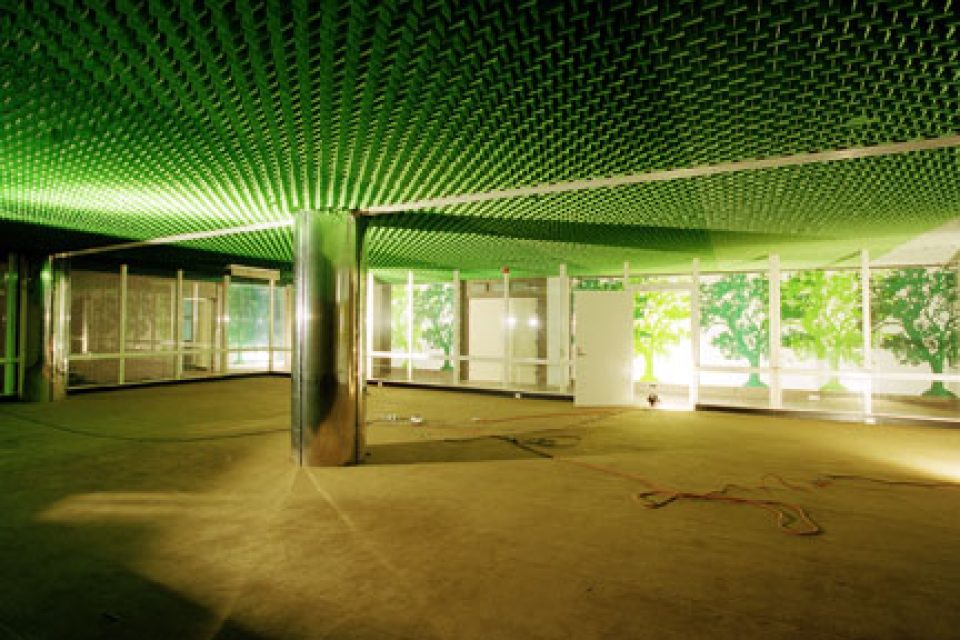
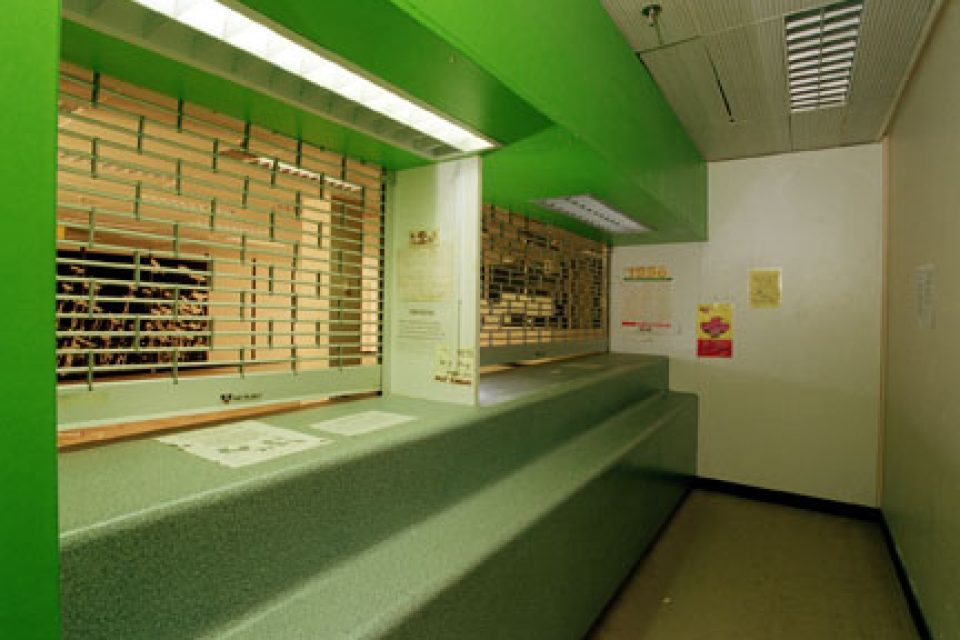
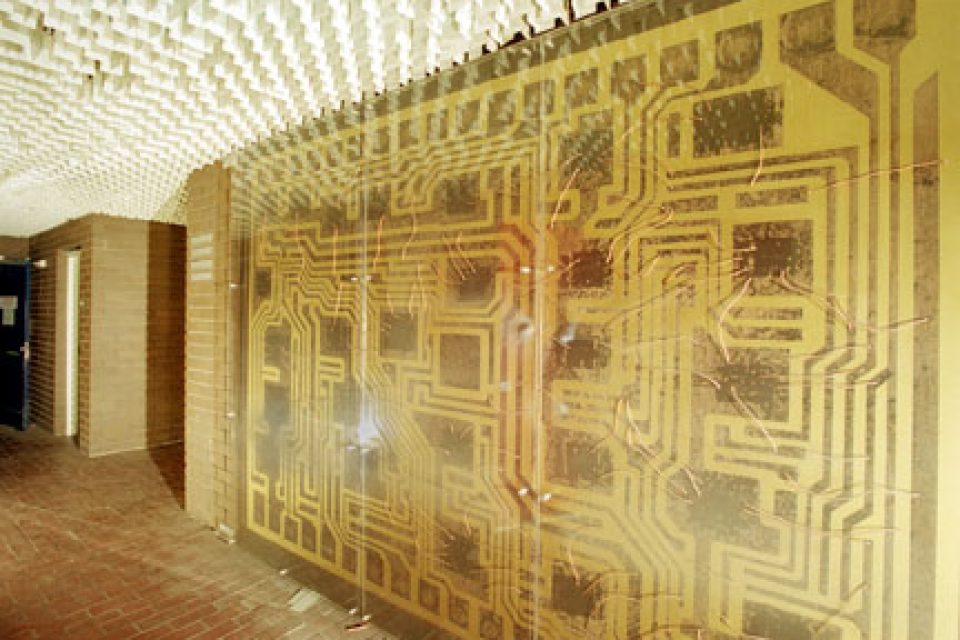
For almost two decades, between 1978 and 1996, the centre operated twenty-four hours a day, seven days a week, transmitting messages to and from embassies, DFAT posts and other government departments in plain language, code or cipher. According to oral history records, these messages covered everything from the Falklands and Gulf War to Melbourne Cup and football results.
The bunker’s heritage listing traces back to 1943 when Prime Minister John Curtin established a new branch within the Department of External Affairs to handle cablegrams to and from addresses outside Australia. Two decades later, a proposal to replace the government’s manual communication systems with a new computer-controlled system started gaining traction.
Eight prime ministers after Curtin, this proposal would eventually materialise in the form of the bunker, which the Whitlam government approved for construction in 1973.
The bunker was completed by 1976 at a cost of more than $3 million (or more than $23 million in 2022, according to the Reserve Bank of Australia’s inflation calculator).
“A fair few people would have known about it. It was in operation nearly 20 years, but they would generally be people who wouldn’t be talking about it,” Mark says.
“So I suspect it just kind of faded from a lot of people’s consciousness as these things do and it just wasn’t talked about until they started working on it [in 2001].”
The year 2001 marked the beginning of the bunker’s refurbishment for use by the Australian Greenhouse Office, five years after DFAT left the space in 1996.
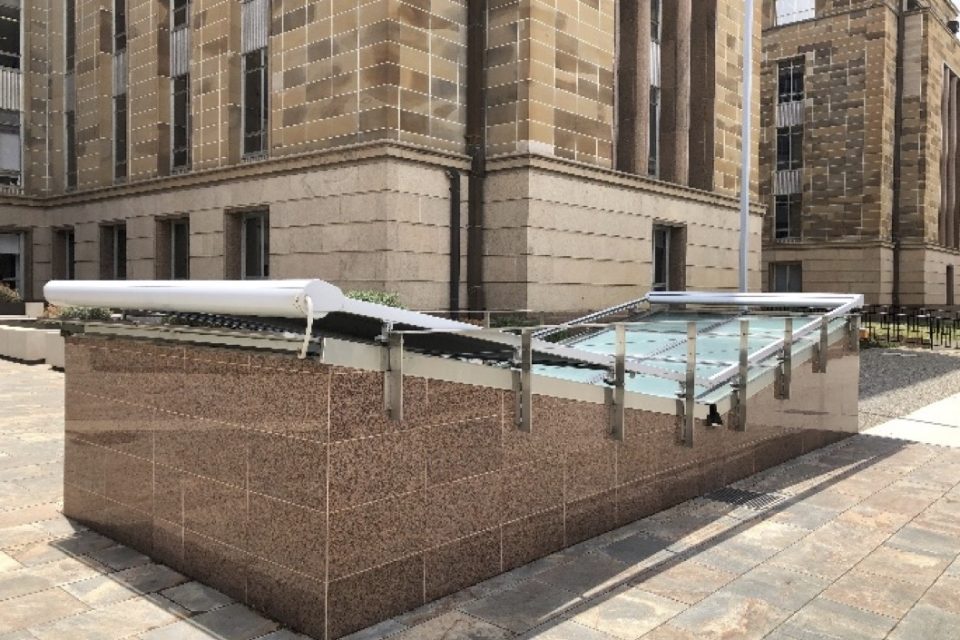
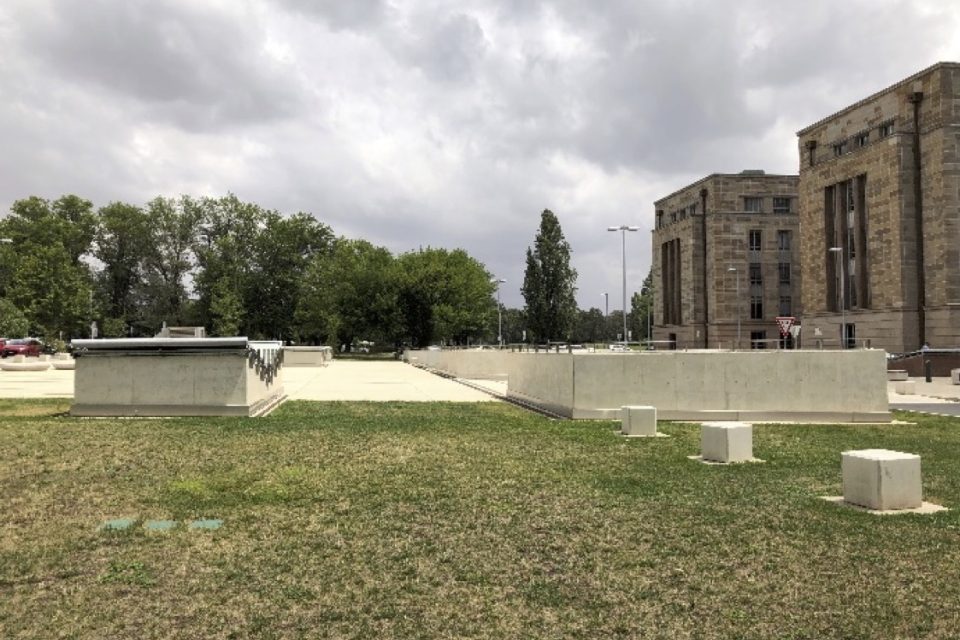
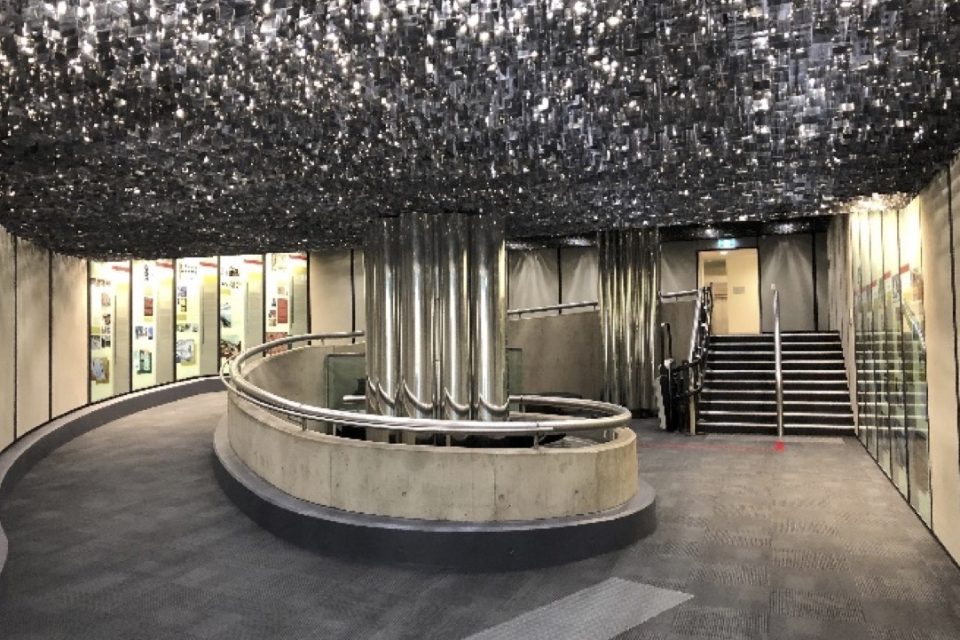
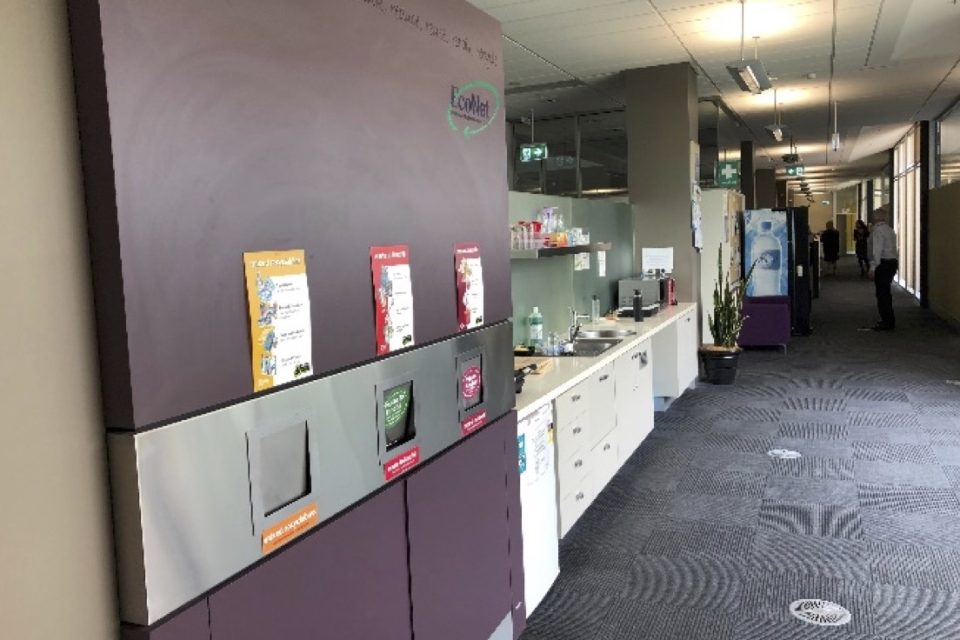
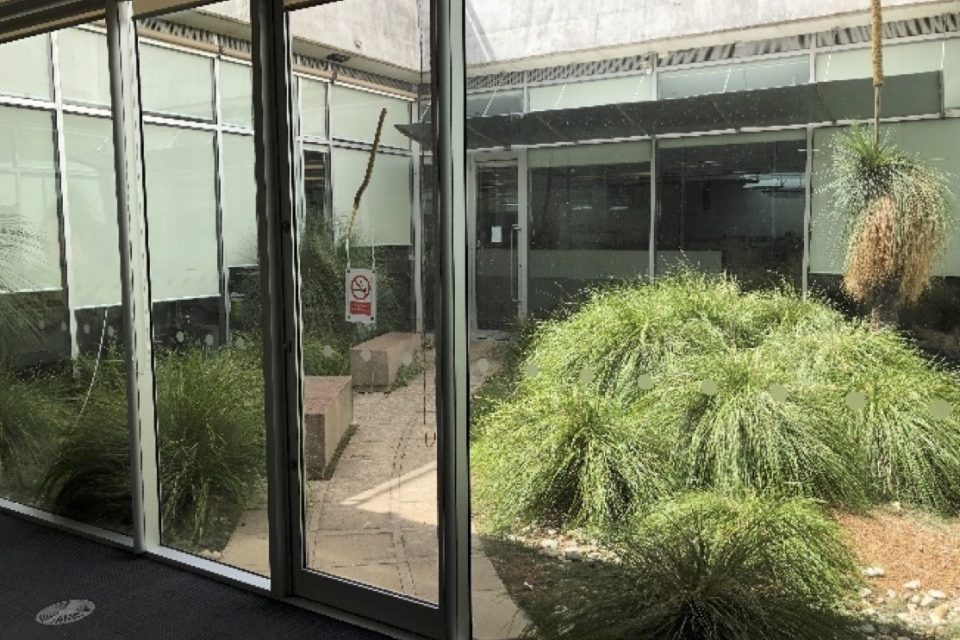
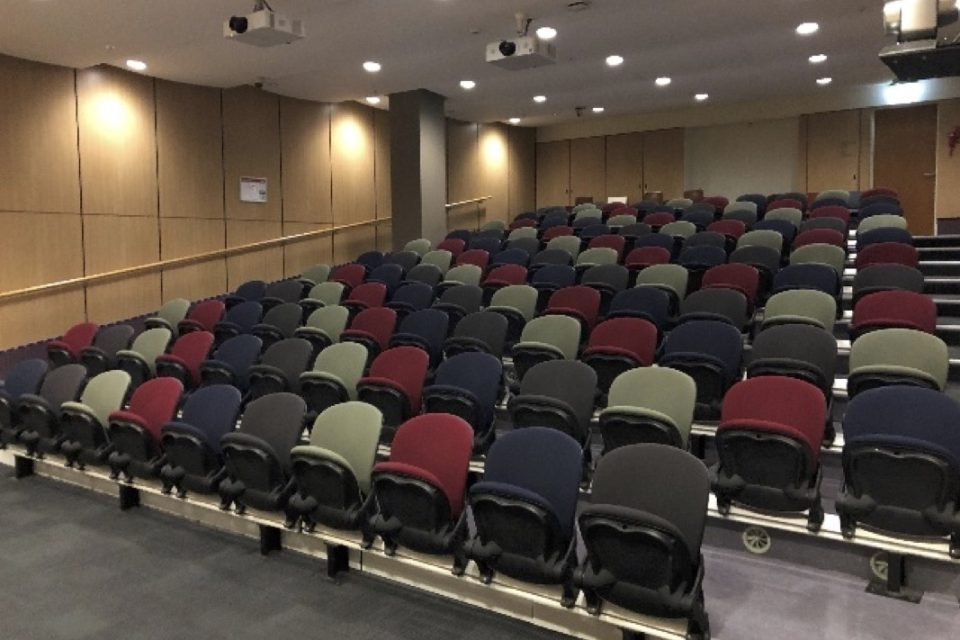
Mark worked in the John Gorton Building between 2000 and 2002 and said even then, the bunker retained “a little bit of romance, espionage and spying about it.”.
But it wasn’t until years later Mark finally saw the bunker, which has retained several of its original artworks when he was invited to the space for a meeting.
“I was very pleased,” he remembers.
“I wanted to see how they’d managed to make it a pleasant place and it’s a very pleasant office actually.”
Today, the John Gorton Building is managed by the Department of Finance and leased to the Department of Climate Change, Energy, the Environment and Water.
The bunker continues to be used as a modern work area by the latter department with office space, sunken gardens, conference rooms, a kitchenette and bathroom facilities.
Original Article published by Travis Radford on Riotact.


